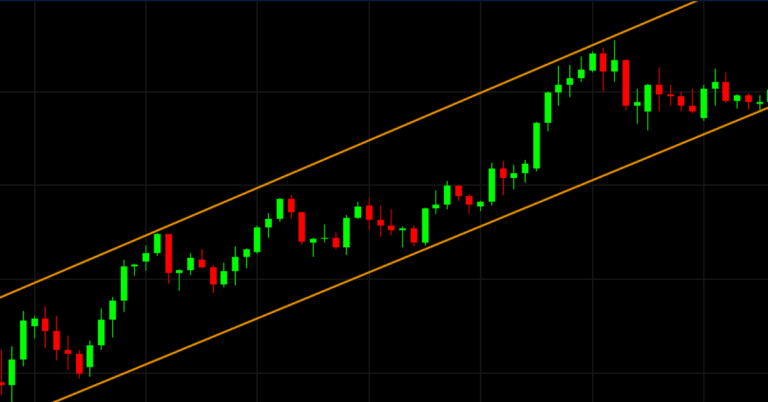Timing the stock market is a complex and challenging endeavour that even seasoned professionals often struggle with. It involves making predictions about future price movements in order to buy low and sell high. Keep in mind that market timing is risky and can result in significant losses if done incorrectly. Here are some common methods and considerations for attempting to time the stock market:
- Technical Analysis:
- Technical analysis involves studying historical price charts, trading volume, and various technical indicators to identify patterns and trends.
- Traders use tools like moving averages, RSI (Relative Strength Index), MACD (Moving Average Convergence Divergence), and chart patterns (such as head and shoulders, double tops, etc.) to make predictions about future price movements.
- Technical analysis is subjective and can be influenced by individual interpretations, making it less reliable for long-term investors.
- Fundamental Analysis:
- Fundamental analysis involves evaluating a company’s financial health, earnings potential, industry trends, and economic factors to estimate the intrinsic value of a stock.
- Investors using fundamental analysis try to identify undervalued or overvalued stocks based on factors like P/E ratios, earnings reports, and economic indicators.
- This method is more commonly associated with long-term investing but can also be used for shorter-term trading.
- Market Sentiment:
- Market sentiment analysis involves gauging investor sentiment and emotions to make predictions about market movements.
- Traders may use tools like sentiment indicators, news sentiment analysis, or social media sentiment analysis to assess market sentiment.
- This method can be influenced by noise and irrational behavior in the market.
- Economic Indicators:
- Some investors use economic indicators, such as GDP growth, unemployment rates, and interest rates, to make predictions about the overall direction of the market.
- For example, a strong economy may suggest that stocks will perform well, while a weak economy may signal a potential downturn.
- Event-Based Timing:
- Traders may attempt to time the market based on specific events, such as earnings reports, corporate announcements, or geopolitical developments.
- The idea is to react quickly to news that may impact stock prices.
It’s important to understand that timing the stock market is inherently uncertain, and even the most sophisticated strategies can result in losses. Many financial professionals and advisors recommend a long-term, diversified investment strategy (time in the market) for most investors, as it tends to be less risky and more reliable over time.
Time in the Market
“Timing the market” and “time in the market” are two different investment strategies that reflect contrasting approaches to investing in financial markets. Here are some key points on time in the market:
- Time in the market is an investment strategy that emphasizes a long-term, buy-and-hold approach. Investors who follow this strategy typically invest in assets with the intention of holding them for an extended period, often years or even decades.
- The key idea behind time in the market is that over the long run, financial markets tend to appreciate in value. This strategy aims to capture the overall growth of the market rather than trying to predict short-term price movements.
- Time in the market investors often diversify their portfolios to reduce risk and focus on dollar-cost averaging, where they consistently invest a fixed amount of money at regular intervals, regardless of market conditions.
- This strategy is considered less risky than market timing because it avoids the need to make precise predictions about market movements. Instead, it relies on the historical trend of markets generally trending upward over time.
It’s important to note that both strategies have their proponents and critics. Market timing can potentially yield higher returns if done correctly, but it is challenging and carries a higher risk of making mistakes. On the other hand, time in the market is generally seen as a more conservative and reliable approach, but it may not capture short-term opportunities.
Ultimately, the choice between timing the market and time in the market depends on an investor’s risk tolerance, investment goals, and confidence in their ability to make accurate market predictions. Many financial advisors and experts recommend a balanced approach that combines elements of both strategies, such as having a long-term core investment portfolio while also allocating a portion of funds for opportunistic, shorter-term trading if desired.





